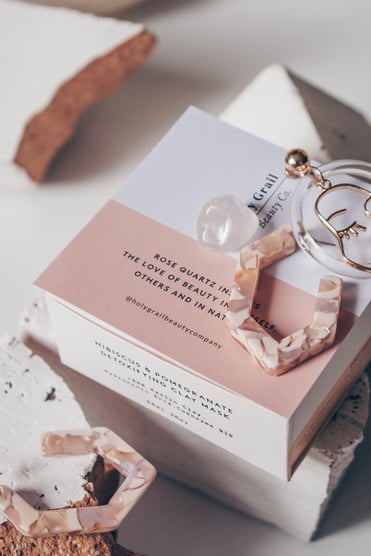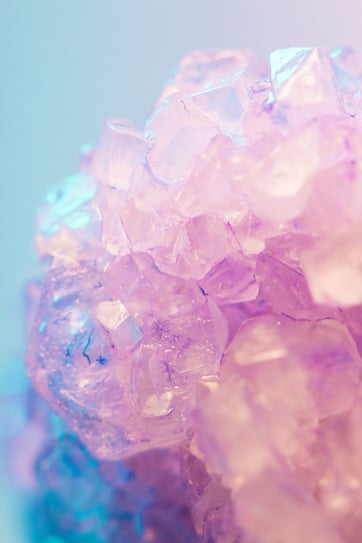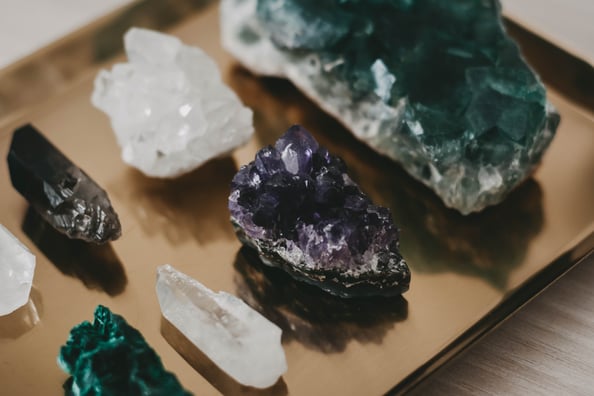
Quartz is a crystalline form of silica which is known for its hardness, durability and versatility. Many varieties of quartz are gemstones, including amethyst, citrine, smoky quartz, and rose quartz, but it has a number of real-world applications outside of jewelry, such as being used for timepieces and glassmaking.
Where is quartz found?
Quartz is the second most abundant mineral in Earth’s crust after feldspar. It has a very high resistance to chemical and mechanical weathering and as such is the dominant mineral found on mountaintops. Moreover, it is the major constituent of rivers, desert sand, and the beach. Minable deposits of quartz can be found all over the world.
Top exporters of quartz include:
- China
- India
- Brazil
- Turkey
- Spain
The many colors of quartz
Quartz is available in a plethora of colors and has a different name depending on the color. For example, purple quartz is known as amethyst. When it comes to market value, the deeper the color of quartz, the more valuable it is.
In terms of availability, clear quartz is the most common, followed by cloudy quartz. Other popular colors include purple, pink, brown, gray and black, and some varieties of quartz appear multi-colored in certain lighting.

Best cuts & notes on durability
The colors of a quartz crystal are roughly distributed, so it is usually given a round cut to maximize the color. Other cuts may also be used when the color is more evenly distributed and large quartz crystals can be cut in fancy shapes.
Quartz has a rating of 7 on the Mohs scale, above peridot, and below ruby or diamond. As a result, quartz jewelry is suited to everyday wear.

History & legend surrounding quartz
The name quartz is derived from the German word ‘Quarz’, meaning ‘hard’. The Ancient Greeks called quartz krustallos, which is where we get the modern word ‘crystal’. The first quartz jewelry began appearing in 7000 BC as natural stone beads in Mesopotamia. Ancient Egyptians used quartz as decorative talismans and the Ancient Romans used them to signify ownership. The popularity of quartz in jewelry increased during the Middle Ages, where it was used in necklaces or pendants. It cuts and polishes well, and can be polished into a smooth finish.
In ancient Greece, there was a belief that quartz was actually composed of supercooled ice that had hardened, giving quartz its clear, transparent appearance.
Quartz was an important crystal to the Gaels, the ancient tribes which became the Irish. In the Irish language, quartz is known as ‘Grianchloch’ (sunstone) and was used extensively across Europe for passage tombs, such as the famous prehistoric monument at Newgrange or Carrowmore, Ireland.
Quartz was, and often still is, regarded as a healing stone with calming properties.
Quartz jewelry trends over time
Quartz has always been popular in jewelry given its variety of colors and styles which it can be used in. In recent years, jewelry retailers have seen a resurgence of demand for quartz jewelry.




